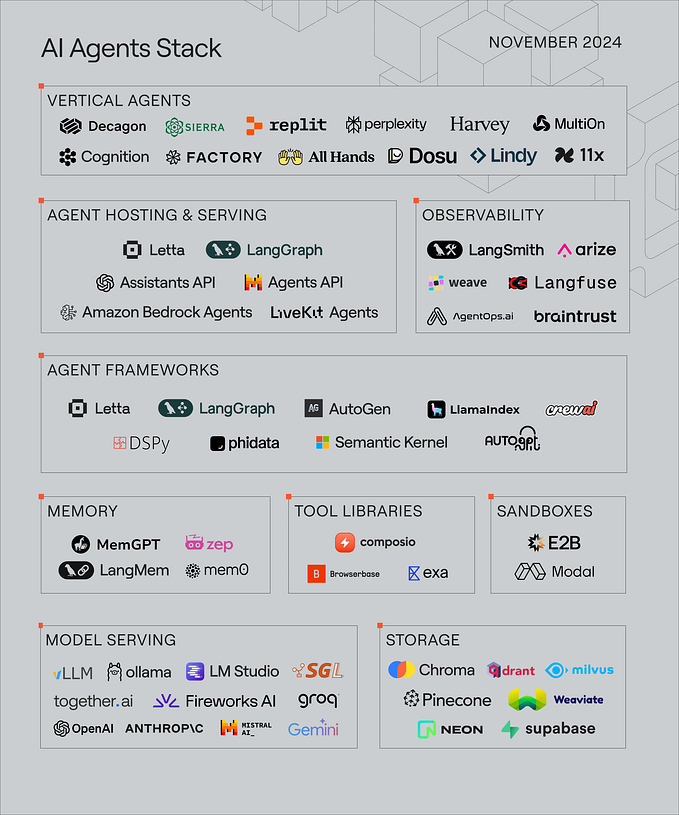Advancements in Technology for GPT-4: A Technical Overview

Generative Pre-trained Transformer 4 (GPT-4) is the next-generation language model developed by OpenAI, which is expected to have significant advancements over its predecessor GPT-3. GPT-4 is expected to have improvements in its technical aspects, such as model size, training data, and the ability to perform tasks across different domains. This article aims to provide an in-depth analysis of the technical improvements of GPT-4.
Technical Improvements of GPT-4:
1 - Model Size:
GPT-4 is expected to have a larger model size than GPT-3, which had 175 billion parameters. OpenAI has not yet disclosed the exact size of the model, but it is expected to have at least 10 times more parameters than GPT-3. This increase in model size will allow GPT-4 to generate more accurate and diverse responses to input prompts.
2 - Training Data:
GPT-4 is expected to be trained on a larger and more diverse dataset than GPT-3, which was trained on a corpus of over 45 terabytes of text data. The training data for GPT-4 is expected to include not only textual data but also other forms of data such as images, videos, and audio. This will enable GPT-4 to learn from a more comprehensive range of sources and produce more accurate and diverse outputs.
3 - Multi-Domain Adaptation:
GPT-4 is expected to have the ability to perform tasks across different domains. GPT-3 had shown impressive performance in language-related tasks, but it struggled in tasks that required domain-specific knowledge. To address this limitation, GPT-4 is expected to be trained on multiple domains and to have the ability to adapt to new domains quickly. This would make GPT-4 more versatile and useful in a wide range of applications.
4 - Improved Natural Language Understanding:
GPT-4 is expected to have improved natural language understanding capabilities, which will enable it to understand the nuances and complexities of human language better. This will be achieved through the incorporation of advanced techniques such as unsupervised learning, attention mechanisms, and memory-based architectures. As a result, GPT-4 will be able to generate more accurate and human-like responses to input prompts.
5 - Better Computational Efficiency:
GPT-4 is expected to be more computationally efficient than its predecessor, GPT-3. This means that GPT-4 will be able to perform tasks faster and with less computational resources. This improvement in computational efficiency will enable GPT-4 to be used in a wider range of applications, such as real-time chatbots and virtual assistants.
6 - Improved Zero-shot Learning:
Zero-shot learning refers to the ability of a language model to perform a task without being explicitly trained on that task. GPT-3 had shown impressive zero-shot learning capabilities, but it was still limited in its ability to perform tasks outside its training domain. GPT-4 is expected to have improved zero-shot learning capabilities, which will enable it to perform tasks across different domains with greater accuracy and reliability.
7 - Improved Fine-tuning:
Fine-tuning refers to the process of adapting a pre-trained language model to a specific task or domain by training it on a small amount of task-specific data. GPT-3 had shown impressive performance in fine-tuning tasks, but it still struggled with tasks that required domain-specific knowledge. GPT-4 is expected to have improved fine-tuning capabilities, which will enable it to perform well in a wide range of fine-tuning tasks.
8 - Better Robustness to Adversarial Attacks:
Adversarial attacks refer to the deliberate manipulation of input prompts to cause a language model to generate incorrect or malicious responses. GPT-3 had shown some vulnerability to adversarial attacks, but GPT-4 is expected to have improved robustness to such attacks. This will be achieved through the incorporation of advanced techniques such as adversarial training, which involves training the language model on adversarial examples to improve its robustness.
9 - Improved Few-shot Learning:
Few-shot learning refers to the ability of a language model to perform a task with a limited amount of task-specific data. GPT-3 had shown impressive few-shot learning capabilities, but it was still limited in its ability to generalize to new tasks. GPT-4 is expected to have improved few-shot learning capabilities, which will enable it to generalize to new tasks with greater accuracy and reliability.
10 - Improved Contextual Reasoning:
Contextual reasoning refers to the ability of a language model to understand the context of a conversation or document and generate responses that are consistent with that context. GPT-3 had shown impressive performance in contextual reasoning, but it still struggled with complex contexts and long-range dependencies. GPT-4 is expected to have improved contextual reasoning capabilities, which will enable it to understand more complex contexts and generate more accurate responses.
11 - Improved Semantic Understanding:
Semantic understanding refers to the ability of a language model to understand the meaning of words and phrases in a sentence and generate responses that are semantically correct. GPT-3 had shown impressive performance in semantic understanding, but it still struggled with rare and ambiguous words. GPT-4 is expected to have improved semantic understanding capabilities, which will enable it to generate more accurate responses to input prompts.
12 - Improved Memory:
Memory refers to the ability of a language model to store and recall information from previous interactions or conversations. GPT-3 had shown impressive memory capabilities, but it still struggled with long-term memory and retaining information over multiple interactions. GPT-4 is expected to have improved memory capabilities, which will enable it to store and recall information more accurately and efficiently.
Conclusion:
In conclusion, GPT-4 is expected to have significant technical improvements over its predecessor, GPT-3. These improvements include a larger model size, more diverse training data, multi-domain adaptation, improved natural language understanding, better computational efficiency, improved zero-shot and few-shot learning, improved robustness to adversarial attacks, improved contextual reasoning, improved semantic understanding, and improved memory. These technical improvements are expected to make GPT-4 more versatile and useful in a wide range of applications, such as natural language processing, chatbots, virtual assistants, and machine translation. We can expect GPT-4 to set new benchmarks in language modeling and push the boundaries of what is possible with AI-powered natural language processing.










